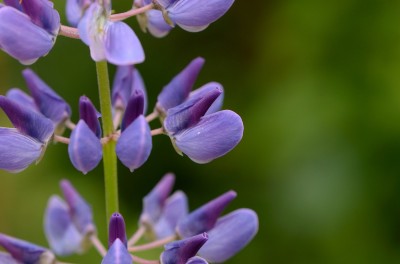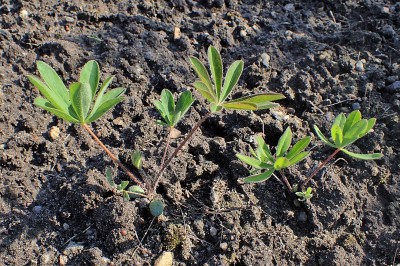Lupin
Lupin
Latinkst namn: Lupinus polyphyllus

Foto: Nicolas Weghaupt, CC-BY-SA-4.0
Overview:
A perennial plant with a height of up to one and a half meters, which was originally native to the mountains of North America. It has a large inflorescence with flowers of purple, blue, pink, white colour, long leaves and a straight powerful stem.

Foto: Krzysztof Golik, CC-BY-SA-4.0
Competitive ability:
Lupine is a strong competitor compared to local plant species and is able to inhabit even soils that are poor in nutrients, thanks to the bacteria that live on the roots of Lupine, and which convert atmospheric nitrogen into forms available for absorption by this plant. Bright flowers easily attract pollinators. Also, the buds of the renewal of the plant are preserved in the soil and are protected by scales, fallen leaves or snow cover – which also determines the stability of the plant.

Foto: Krzysztof Ziarnek, Kenraiz CC-BY-SA-4.0
Harmful impact:
-
Lupines are fast-growing and tall – they overshadow and displace local low-growing species
-
Contain large amounts of alkaloids – which are harmful in large quantities to sheep and cattle
-
The alkaloids produced by Lupine accumulate in the soil and prevent the germination of seeds of other plants
-
Change the chemical composition of soil due to the ability to fix nitrogen – thereby disrupting local ecosystems
- The main chemical-free method is the complete excavation of Lupine with roots that can go into the ground up to one and a half meters deep
- Mowing is also a method of control – but it must be done before the plant blooms
Please contact us if you discovered this species!
